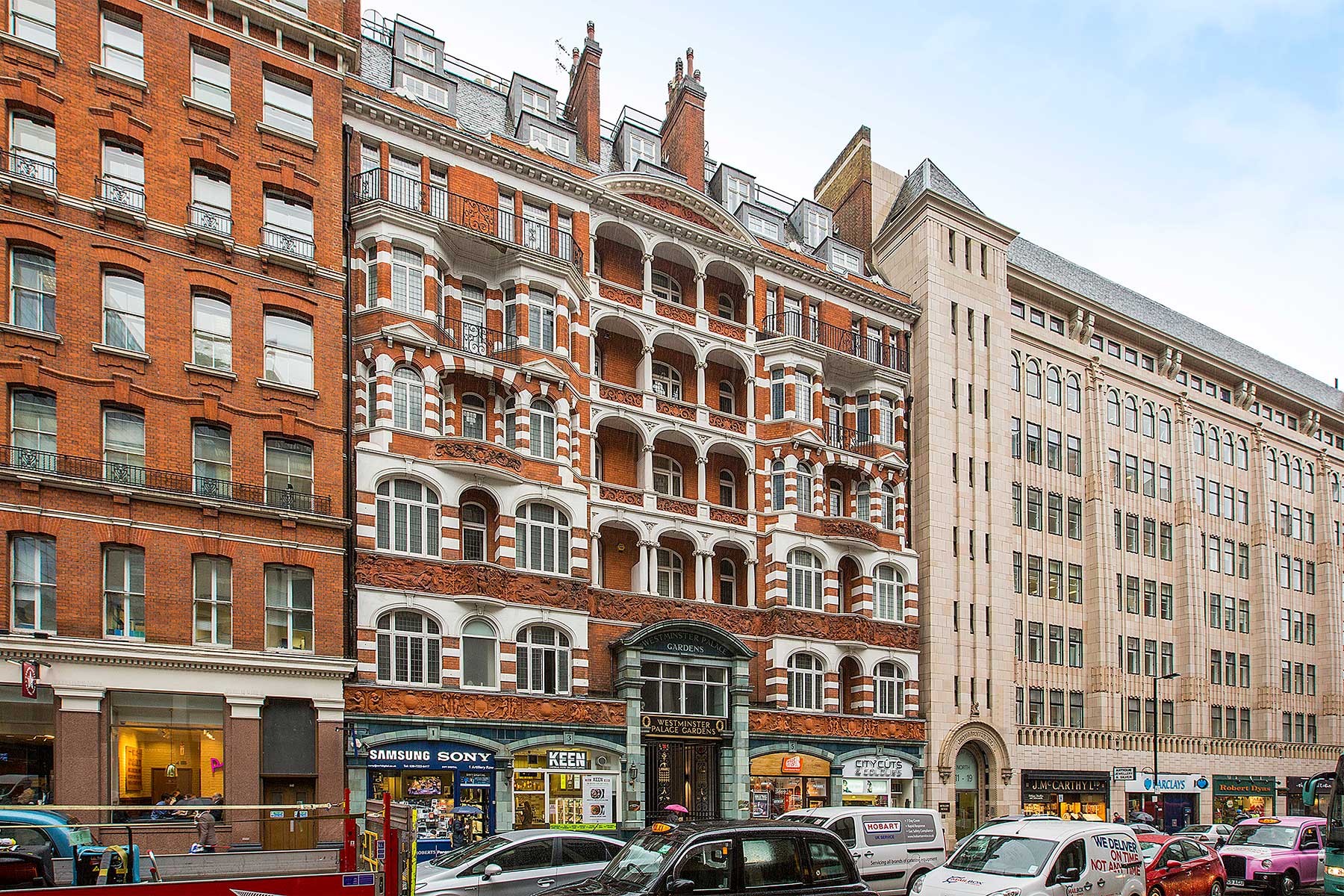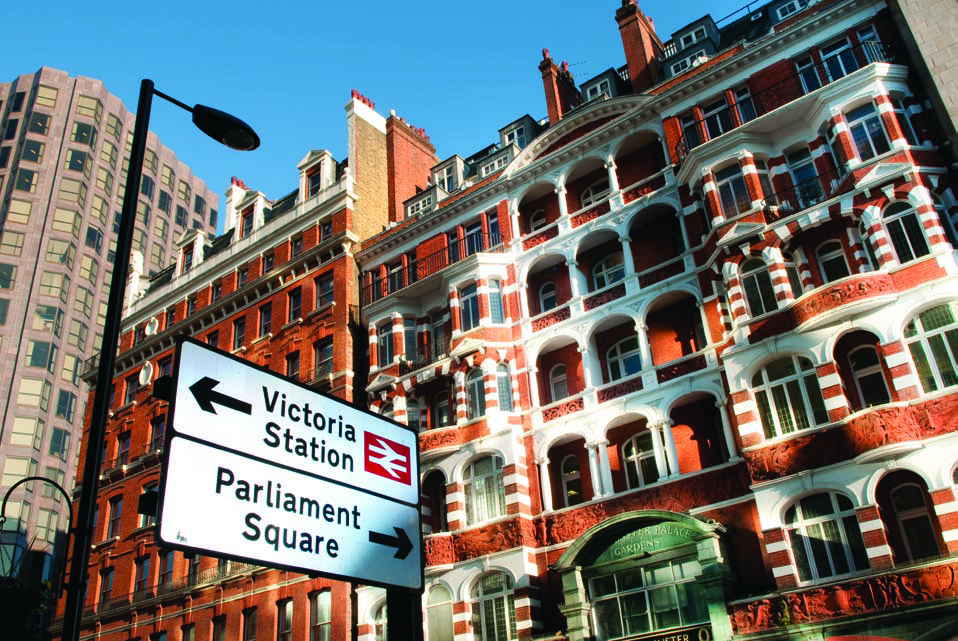
Available Sales or Lettings Properties within Westminster Palace Gardens
We do not share the information you provide with any third parties.Westminster Palace Gardens, an Overview
Described as, ‘gracious living in opulent architecture’, Westminster Palace Gardens in Victoria, London, is an exotic, rococo antidote to minimalist glass and steel. This beautiful, grade-II listed building presents an imposing and magnificent Victorian Façade out onto one of Westminster’s key thoroughfares.
Situated on the junction of Victoria Street and Artillery Row, Westminster Palace Gardens is a series of 23 sumptuously designed apartments that encapsulate contemporary living in a stunning, period property.
With a grand archway leading into private courtyard gardens, these apartments represent something of a time now past. Yet here it remains in the heart of one of the world’s greatest Metropolises.
The Victoria area itself is undergoing multi-billion pound regeneration. Already this has seen new developments mixed with old and creativity, commerce and luxury living combine to create a new neighbourhood that redefines the concept of London being a series of interconnected villages. Now, a community of Global professionals, London creatives and serious investors generate a vibrancy and economy built up around developments that deliver the best that life has to offer.
With an intimate selection of just 23 exclusive apartments, Westminster Palace Gardens offers a truly unique opportunity to be a part of that.
A History of Westminster Palace Gardens
Originally built in the late 1800’s, Westminster Palace Gardens, designed by Architect, C.J. Chirnley Pawley was intended to cater for the burgeoning, urban middle-classes for whom apartment living was a new concept.
Pawley was known for his mansions blocks of distinctive red brick and white stone bands, with florid friezes depicting famous, historical figures or old tales. Westminster Palace Gardens is no exception to this, and it said that Pawley’s mansions blocks were known as ‘French Flats’ possibly something of an early real estate marketing term to promote this new style of living. The term, French flats, would have been familiar to well-educated, culturally aware Victorians as The Stuyvesant in New York, (a similar concept of selling apartment living to the middle classes), was also described as French Flats after the architect, Rutherford Stuyvesant had been inspired by his time in Paris.
The significance of the development of buildings such as Westminster Palace Gardens can be not be underestimated. It changed Londoners perception of city living and the whole area that we now know as Victoria was once just marshes and fields. Indeed, early maps of London show nothing much beyond the site of Westminster Abbey and the area behind the abbey was even known as ‘The Devils Acre’, such was the condition and depravity of the slums erected here at the time.
It took two acts of Parliament, a series of slum clearance and compulsory purchase orders before Victoria Street, the first road to lead from the west into London was created, and with it, the superb mansion blocks such as Westminster Palace Gardens.
History may paint a rather austere portrait of Queen Victoria, but the Victoria who gave her name to this new, upper-middle class district of London was a thirty-two year old Queen who represented novelty, freshness and innovation. After all, 1851 had been the year of the Great Exhibition, an empirical display of all that was great about Britain.
Westminster Palace Gardens and the surrounding mansion blocks soon established themselves as desirable homes for the engineers, scientists and government officials who would have worked in the vicinity. Victoria the district, with its immediately popular train station, proximity to Westminster and being illustrative of Britain’s forward-thinking monarch could be considered the original ‘regeneration project’.
Living & Investing In Westminster Palace Gardens
The original Westminster Palace Gardens was innovative and offered the ultimate in modern living to attract the ‘right crowd’, Likewise today, the developers behind the reconfiguration of Westminster Palace Gardens understand that it needs to cater for a discerning and now global resident and purchaser.
Therefore, each apartment has its own unique layout to ensure the maximum use of space, light and functionality. What they do have in common however is an attention to detail that takes into account the buildings grade II listing, architectural pedigree and need for modern convenience. For example, living and dining rooms boast engineered, antique-birch timber flooring from Sonoma County, English Heritage ‘Regency pewter’ switches and socket plates, and restored or re-instated panelled doors, architraves, dado rails and cornices.
Similar attention to period detailing mixed with modern style is continued throughout the kitchen and bathrooms. Bespoke Italian cabinets feature in the kitchen, as do Siemens appliances and natural stone worktops. The bathrooms have, Wincklemann’s chequered flooring and CP Hart sanitary ware, while the en-suites boast Carrara marble flooring by Bertrami.
Floorplans show apartments range from 480 sqft (45sqm) for a sensibly arranged one-bedroom apartment to over 1600 sqft (155sqm) for a three-bedroom apartment with study.
With such a unique variety of apartments, Westminster Palace Gardens will appeal to a broad spectrum of people just as it would have done in its original form. In the 1800’s, Westminster Palace Gardens would have attracted professional property owners letting to wealthy bachelors, families lucky enough to own two homes or perhaps even a gentleman of means who need a pied-a-terre in which to accommodate his mistress!
Westminster Palace Gardens & Beyond
Looking through the brochure for Westminster Palace Gardens, one can see the usual scales of distances and commutes to popular London centres of commerce, cultural landmarks and shopping districts. However, unlike many property brochures that pan out to show a wider and wider map of a London that in reality is quite a commute away, many of the journey times mentioned here are in single figures!
Blue Chip companies such as Microsoft, Google and LVMH are immediately over the road. As are many key government departments, including the Department for Business, Innovation and Skills (though admittedly in a building that suggests neither innovation nor business nous).
Thankfully, designers such as Jimmy Choo, Tom Ford and Burberry all have their UK Headquarters within the vicinity, which in turn has ensured that the bars and restaurants that have followed, are as stylish as their well-heeled customers.
Culturally, the new St James Theatre rekindles the districts renown for diverse, new theatrical work and the theatre restaurant has swiftly become the go-to destination for gourmets, local residents and a stylish after work crowd. All possibly looking for their ‘De Mille-esque’ close-up on the iconic, Mark Humphrey designed, marble staircase.
When originally built in 1800s, Victoria Street was envisaged to provide a decent roadway between Westminster and the upper-class neighbourhood of Belgravia. Yet the opening of Victoria Station in 1860 saw Victoria Street become the gateway to the south coast of England and in turn the Continent.
This is still the case today, with the £700 Million redevelopment of the station making it 50% larger and considerably less congested. A new ticket hall and continued development of the surrounding area has seen the clamour for a piece of prime residential property in Victoria increase as purchasers recognise the investment potential of an area that offers commuting to all areas of southern England, and fantastic links to London’s International airports and Eurostar. As a result, not everyone will be lucky enough to buy into such an opportunity and in Westminster Palace Gardens, only 23 people will be lucky enough to own a piece of Victorian history.
Westminster Palace Gardens
SEARCH CURRENT AVAILABILITY

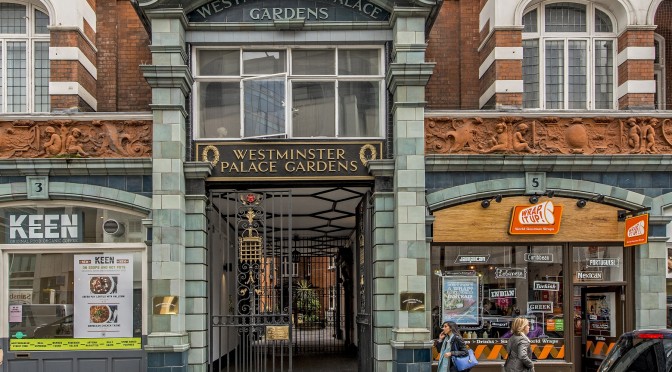
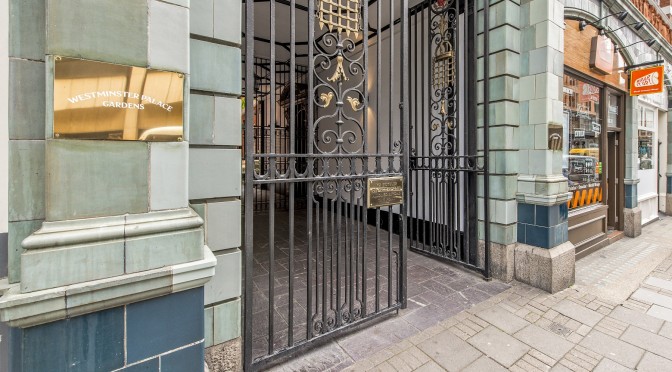
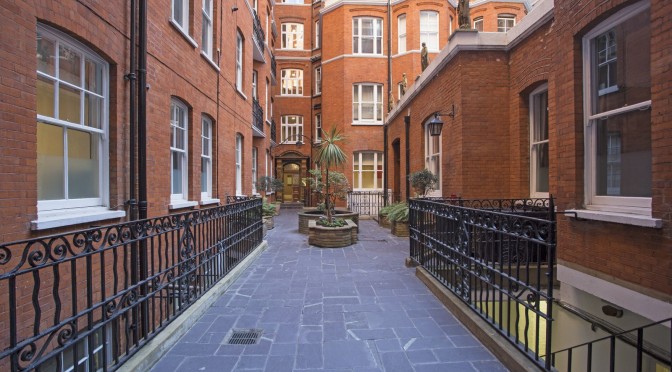
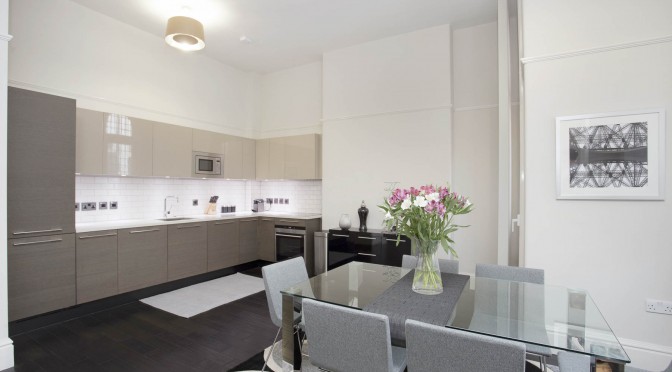
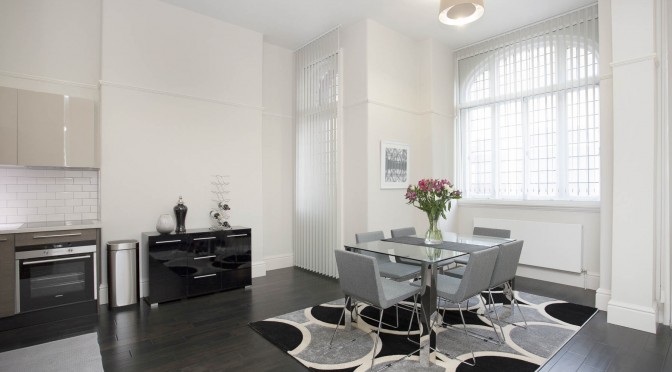
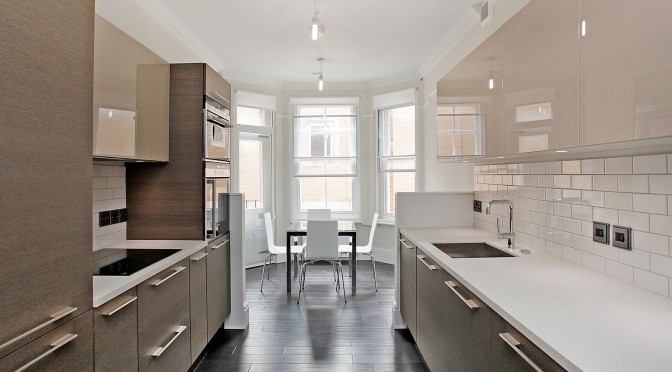
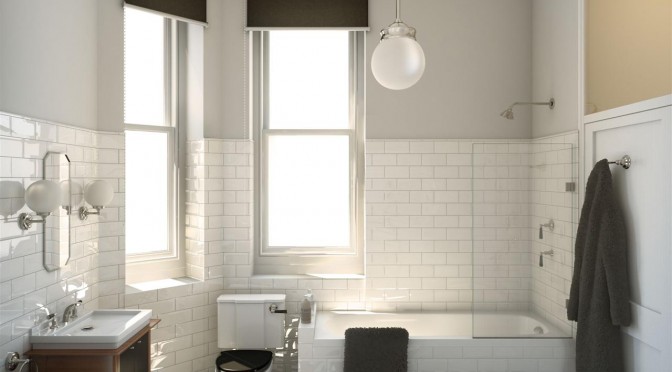
- Westminster Palace Gardens Exterior
- Westminster Palace Gardens Exterior Image
- Bespoke Italian cabinets feature in the kitchens, as do Siemens appliances and natural stone worktops.
Westminster Palace Gardens
